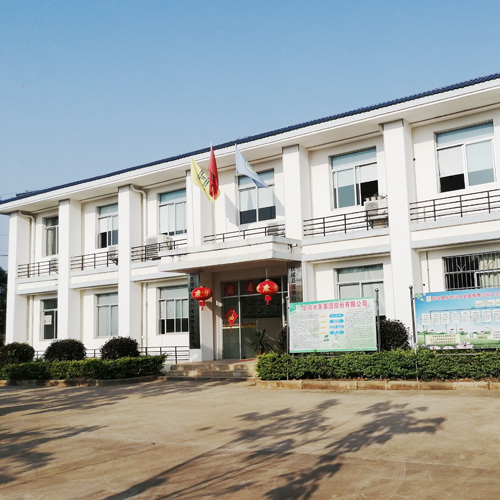Detailed introduction
The Fushui County Sewage Treatment Plant is located on the southeast side of the Dajiangkou in the southwest of the urban area of Fushui County. The CASS process is mainly used in the process. The project started construction in 2009 and has been completed. All effluent indicators meet the national comprehensive sewage discharge first-class A standard, solving the problem of domestic sewage discharge standards for more than 400000 people in Fushui County.
Due to the fact that the existing old urban area of Fusui County still adopts a combined drainage system, it is a long process to gradually transform it into a rainwater sewage separation system, which cannot be completed in the short term. Therefore, the sewage treatment plant needs to consider the treatment of combined sewage during the rainy season. The sewage entering the sewage treatment plant during the rainy season is mixed with a large amount of rainwater. Causing significant fluctuations in the quantity and quality of raw water. It will have a significant impact on the treatment process of the sewage plant, so it is necessary to choose a treatment process with strong impact resistance. At the same time, according to the inlet and outlet water quality of the sewage treatment plant and the removal rate of pollutants, the sewage treatment process must have the function of denitrification and phosphorus removal. The sewage treatment plant in Fusui County adopts an improved SBR process, also known as CASS process. Its basic structure is that the CASS process is based on the sequencing batch activated sludge process (SBR), and the reaction tank is designed in two parts along the length of the tank. The front part is the biological selection area, also known as the pre reaction area, and the rear part is the main reaction area. The rear part of the main reaction area is equipped with a lifting automatic skimming device. The entire process of aeration, sedimentation, drainage, and other processes are cyclically operated in the same tank, eliminating the need for secondary sedimentation tanks and sludge reflux systems in conventional activated sludge processes; Simultaneously capable of continuous water intake and intermittent drainage.
The CASS process has taken into account the factors of flow rate changes in its design, which can ensure that sewage stays in the system for a predetermined treatment time before being discharged through sedimentation. In particular, the CASS process can adapt to changes in inflow and water quality by adjusting its operating cycle. When the influent concentration is high, standard discharge can also be achieved by extending the aeration time to resist impact loads. In rainstorm, it can withstand the peak flow impact of 6 times of the normal average flow, without the need for an independent regulating pool. The data on the operation of the CASS process sewage treatment plant has shown that the treatment effect is still satisfactory even when the flow shock and organic load shock exceed the design value by 2-3 times. Although traditional treatment processes already have auxiliary flow balance adjustment facilities, they are still likely to cause activated sludge loss due to changes in hydraulic load, seriously affecting drainage quality. When strengthening the denitrification and phosphorus removal function, the CASS process can achieve the effluent water quality standard by adjusting the working cycle and controlling the aeration amount.
After the completion of the sewage treatment plant, it can treat domestic sewage and some industrial wastewater, effectively reducing the water pollutants discharged to the left button and protecting the water environment of the Left River. Its construction has brought enormous benefits to the protection of the environmental quality and downstream water safety of the Left River, as well as to the economic development of Fusui County, the natural ecological environment of the Left River Basin, and the daily life of urban residents.
The construction of urban sewage treatment projects is one of the standards for measuring the level of urban infrastructure improvement and modernization. It is a major component of comprehensive urban environmental governance and will generate significant social and environmental benefits.
After the completion of the project, it will greatly improve the water quality and environment within its service scope, with social, environmental, and economic benefits.
Project image:

